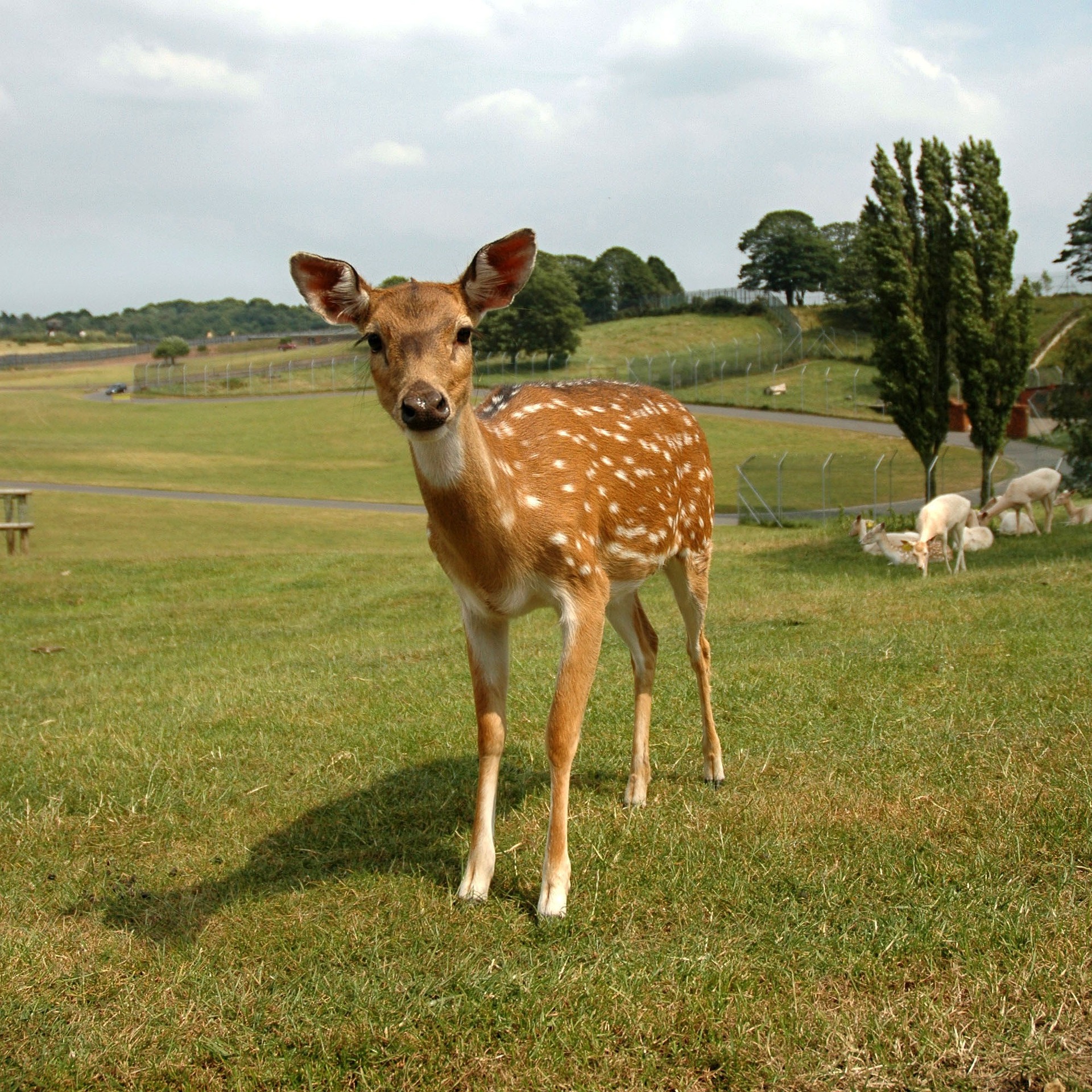Deer Movement In Summer
Deer Activity In Gardens This Summer.
Homeowners will see an influx of wildlife on properties this season due to several factors; and the result will lead to an uphill battle to protect plants from sniffing deer.
Wildlife Movement During COVID-19
The Coronavirus has changed everything including wildlife movement. Without people sightings, deer became fearless in Spring and were able to browse through growing sites without encounters. They even approached urban settings - a territory they normally would avoid. This "new norm" may affect the way wildlife move in the summer, approaching both urban and rural landscapes.
Double Trouble With Deer
One of the most beautiful discoveries of summertime is witnessing the first steps of a baby deer; and while fawns are adorable, with their big brown eyes and white spots, home growers know that deer are destructive in gardens; and the garden damage has now doubled.
 Generally, bucks move more than does in the summertime; however, both male and female deer will scout for food in the early morning and late evening hours while the weather is cooler. Fawns and mother does stay close for at least one year and will require lots of space to feed and sleep. While does are out searching for food, they will leave behind their young in a hidden spot away from predatory animals and homeowners.
Generally, bucks move more than does in the summertime; however, both male and female deer will scout for food in the early morning and late evening hours while the weather is cooler. Fawns and mother does stay close for at least one year and will require lots of space to feed and sleep. While does are out searching for food, they will leave behind their young in a hidden spot away from predatory animals and homeowners.
Deer welcome the invite from gardeners to eat in their organic garden. Gardeners feeding deer in summer are most likely feeding them a variety of nuts including acorns and chestnuts as well as corn ("deer corn") and soybeans. Other foods that attract deer include red clover, orchard grass, peas and kale. They also enjoy fruit from gardens, including grapes and berries as well as flowers like hostas and lilies. Growers that do not want to feed deer in summer will need to block attempts from deer to reach their landscape with fence and other types of deer deterrence methods.
Deer Management In Summer
Plant growth is abundant in the hot summer months; but deer will not stop eating from home gardens. It is recommended that growers take the necessary precautions to prevent plant damage from deer by implementing effective deer management techniques including:
- Installing deer fence that is 7.5 to 8' tall for best results;
- Planting herbs, flowers and trees as a secondary layer of protection for deer-resistance;
- And, applying predatory urine or deer repellents to the yard to keep deer at bay.
Without deer control solutions in play, deer will continue to migrate to homes. Re-route their movements this summer to keep them away from home sites in the fall.
